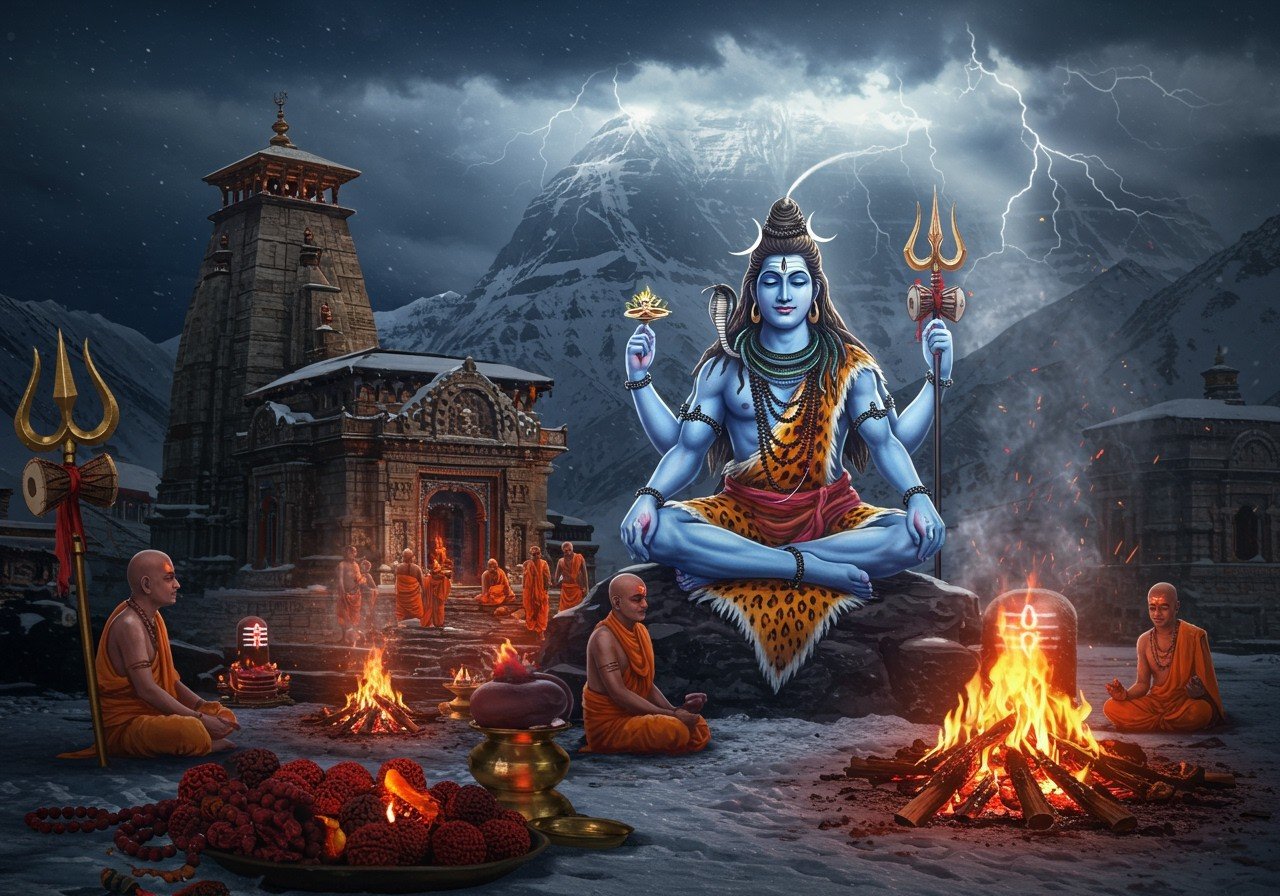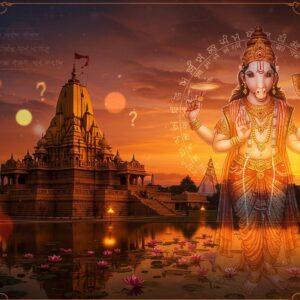
Pashupata Shaivism, a revered tradition within Hinduism, centers around the worship of Lord Shiva as the supreme deity, Pashupati. This ancient sect, rich in history and philosophy, offers a unique path to spiritual liberation. It emphasizes devotion, ascetic practices, and a deep understanding of the relationship between the divine and the individual soul.
Origins and Historical Evolution
Unraveling the historical tapestry of Pashupata Shaivism involves navigating various scholarly perspectives and interpretations of ancient texts. While the exact origins remain a subject of ongoing research, several key points shed light on its emergence and development.
- Early Emergence (Possibly 1st-2nd Century CE): Some historians posit that the sect’s roots trace back to the early centuries of the Common Era, coinciding with a period of significant religious and philosophical ferment in India. This timeframe places the sect’s development alongside other influential spiritual movements.
- Lakulisha’s Systematization (2nd Century CE): The figure of Lakulisha (also known as Nakulisha), considered an incarnation of Shiva, is crucial in formalizing Pashupata philosophy. He is credited with systematizing the sect’s doctrines and practices, providing a structured framework for its followers. This systematization solidified Pashupata Shaivism as a distinct school of thought.
- Ancient Texts and References: The Mahabharata, a significant epic text, mentions the Pashupata sect, suggesting its presence by the 4th century CE. The discovery of the Pāśupatasūtra and other key texts in the 20th century further illuminated the sect’s doctrines and practices, providing valuable insights into its historical development.
Philosophical Underpinnings and Practices
Central to Pashupata Shaivism is the concept of Pashupati, where Shiva is revered as the “lord” (pati) of individual souls, symbolized as “cattle” (pashus). This philosophical framework informs the sect’s unique practices, which are designed to liberate the soul from worldly attachments (pasa) and achieve union with the divine (Pati).
The Pashupata Vrata and Ascetic Practices
The Pashupata vrata, a core practice of the sect, involves a series of rituals and disciplines aimed at purifying the body and mind. These practices, often ascetic in nature, underscore the devotee’s commitment to spiritual liberation. Smearing the body with ashes, chanting mantras, and deep meditation are integral components of this transformative process.
The Significance of Rituals
Ritual purity plays a crucial role in Pashupata Shaivism. Practices such as bathing thrice daily and lying on dust or ashes symbolize humility and detachment from material possessions. These rituals serve as external manifestations of the inner transformation sought by the devotee.
The Guru-Disciple Tradition
The guru-disciple relationship holds immense importance within Pashupata Shaivism. The guru, a spiritual guide, imparts wisdom, provides instruction on proper practice, and offers support on the devotee’s spiritual journey. This lineage ensures the accurate transmission of teachings and upholds the integrity of the tradition.
Key Texts and Literature
The Pāśupatasūtra, along with its commentaries, forms the foundational text of Pashupata Shaivism. Other significant works, including the Pañcārthabhāṣya and Ratnaṭīkā, offer valuable insights into the sect’s complex philosophy and practices. These texts serve as essential guides for understanding the core tenets of Pashupata Shaivism.
Cultural and Social Impact
Pashupata Shaivism has profoundly impacted Indian culture, influencing temple architecture, art, music, and various forms of artistic expression. Its influence can be seen in iconic temples dedicated to Lord Shiva, showcasing the sect’s architectural contributions. Moreover, Pashupata Shaivism has engaged in interfaith dialogues with other traditions like Buddhism and Jainism, contributing to a rich tapestry of religious discourse in India.
Explore Khidkaleshwar Mahadev Mandir
Learn about Lord Shiva Temples in Maharashtra
Contemporary Relevance and Revival
Pashupata Shaivism continues to resonate with spiritual seekers in the modern era. Revival efforts, facilitated by contemporary practitioners and leaders, aim to preserve and promote its teachings. Digital platforms have become instrumental in disseminating information and connecting individuals with this ancient tradition. This renewed interest signifies the enduring relevance of Pashupata Shaivism in today’s world.
Poojn.in: Supporting Your Spiritual Journey
Poojn.in, India’s leading provider of cultural goods and services, offers a wide selection of products to support your Pashupata Shaivism practice. From genuine Rudraksha malas to essential puja items, we provide authentic and high-quality products to enhance your spiritual experience. Visit www.poojn.in today to discover our comprehensive collection.
- Rudraksha Malas: Discover authentic Rudraksha malas in various mukhi (faces), essential for Pashupata Shaivism practices. Explore our Rudraksha collection.
- Ritual Items: Enhance your puja with our copper and brass items, bhasma holders, and Shiva lingams, all crafted with utmost care. Find your perfect puja items.
[Note: Product availability and prices may vary. Please check the website for current stock and rates.]
Embracing the Timeless Wisdom
Pashupata Shaivism’s enduring legacy lies in its profound spiritual teachings and transformative practices. This ancient tradition offers a timeless path towards self-discovery and union with the divine. Its rich philosophy, emphasis on devotion, and disciplined approach continue to inspire spiritual seekers across generations. As we navigate the complexities of modern life, Pashupata Shaivism provides a beacon of wisdom and a source of profound meaning.

